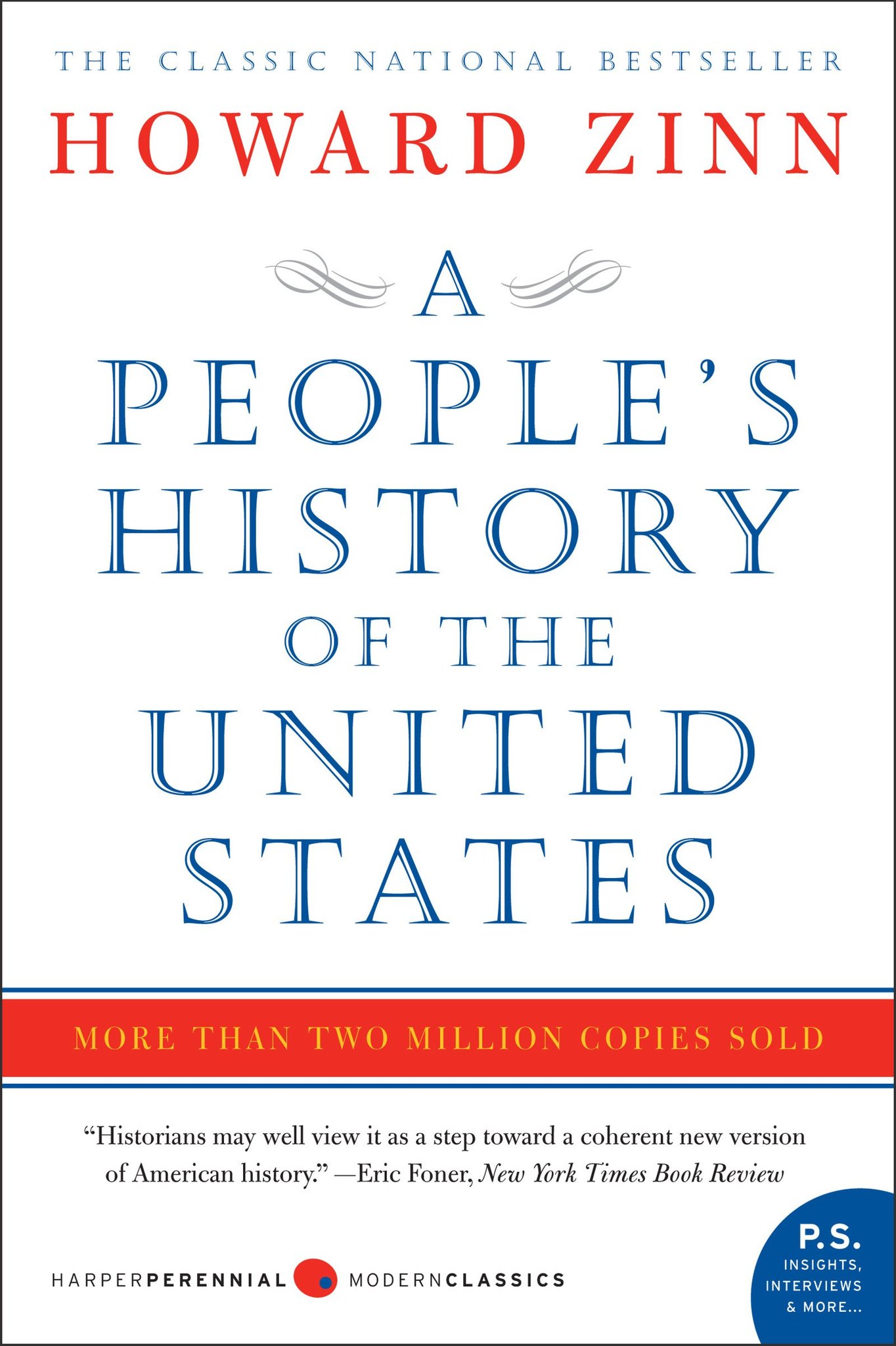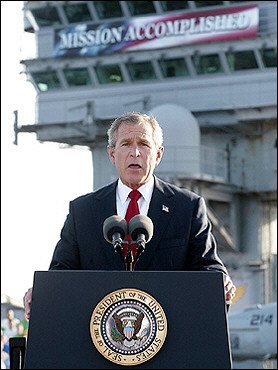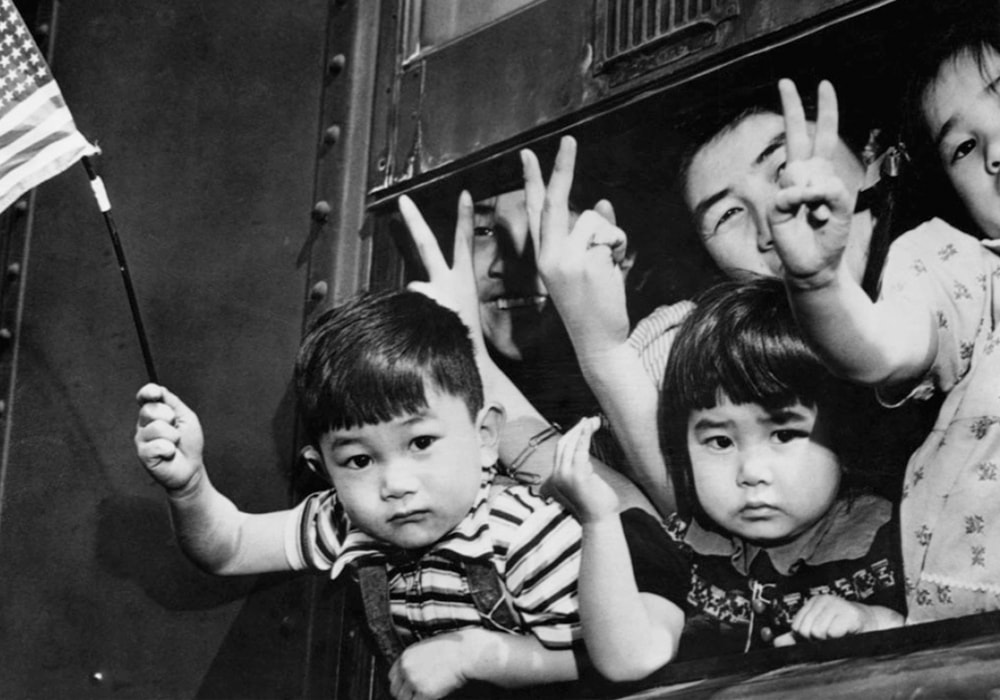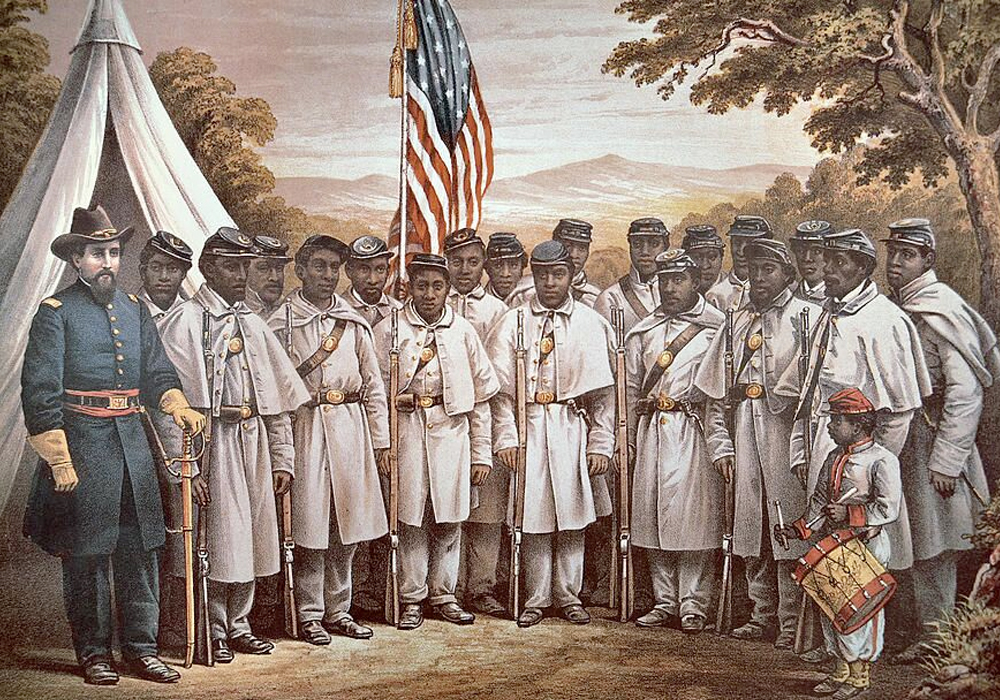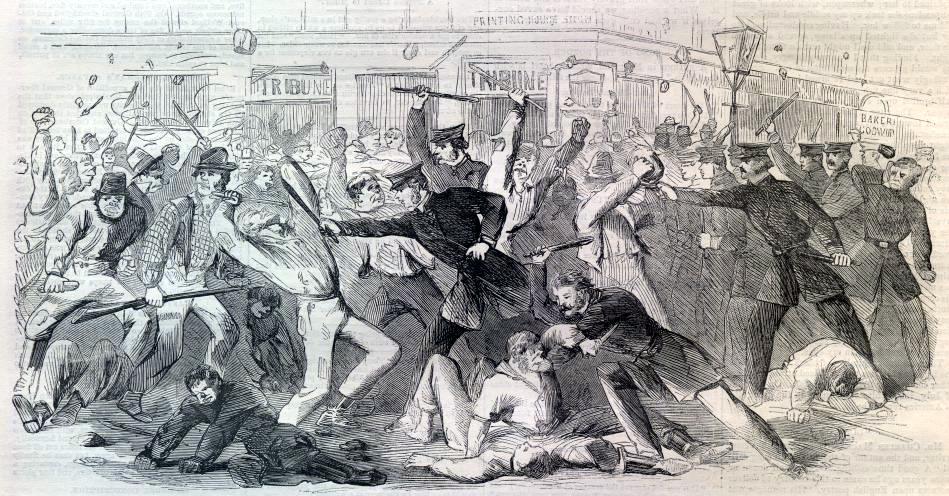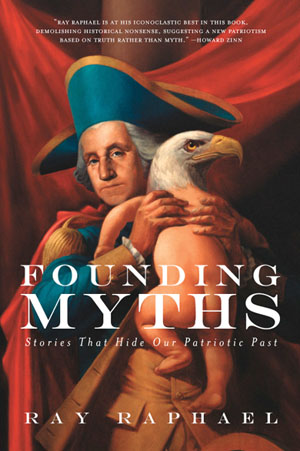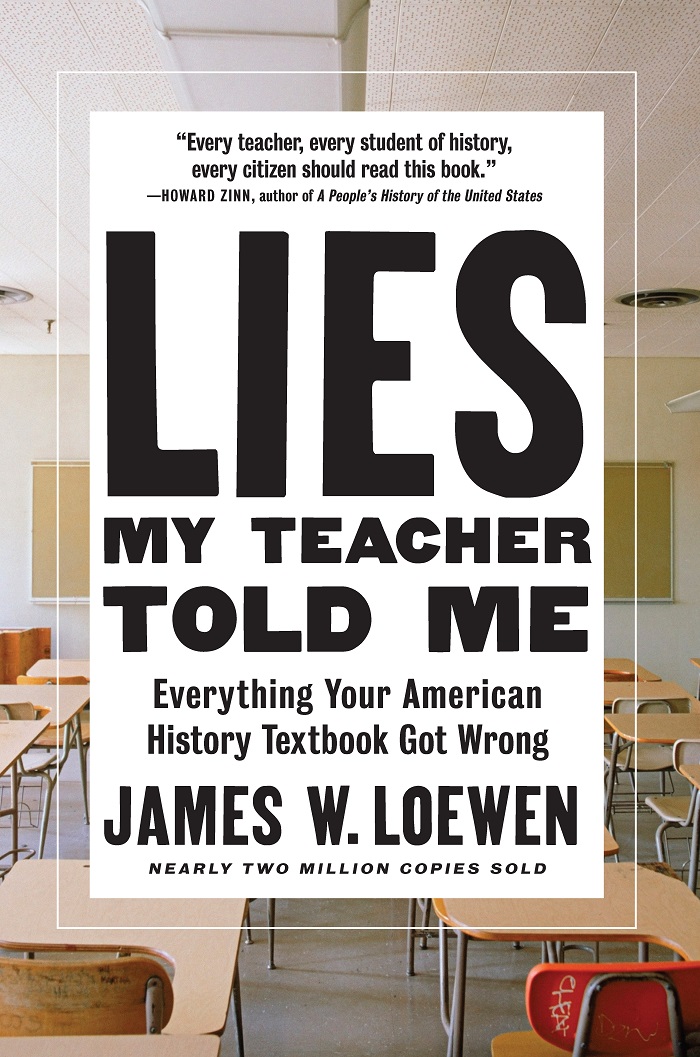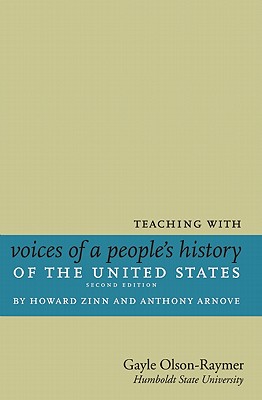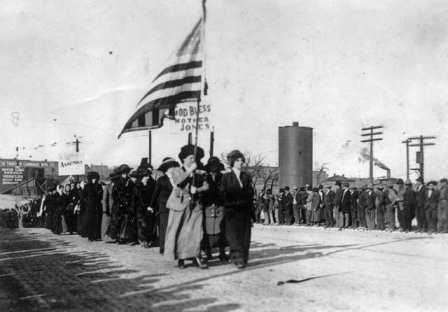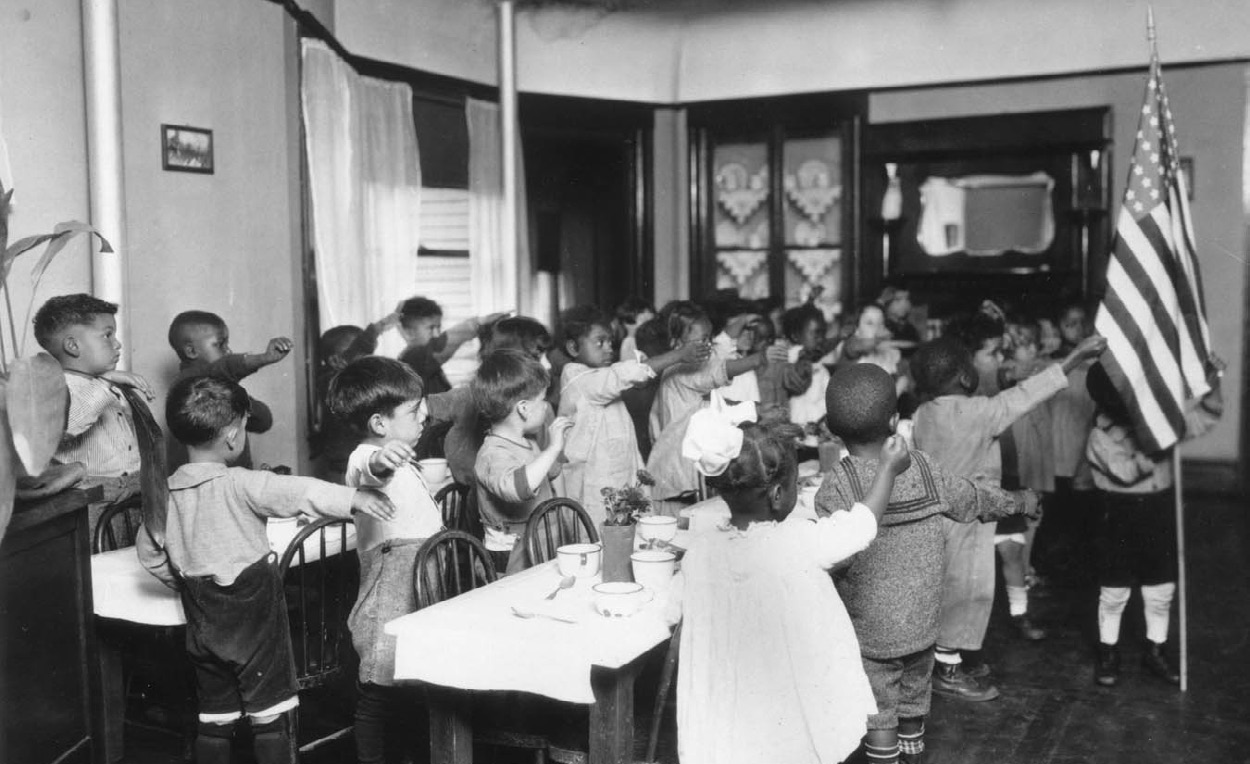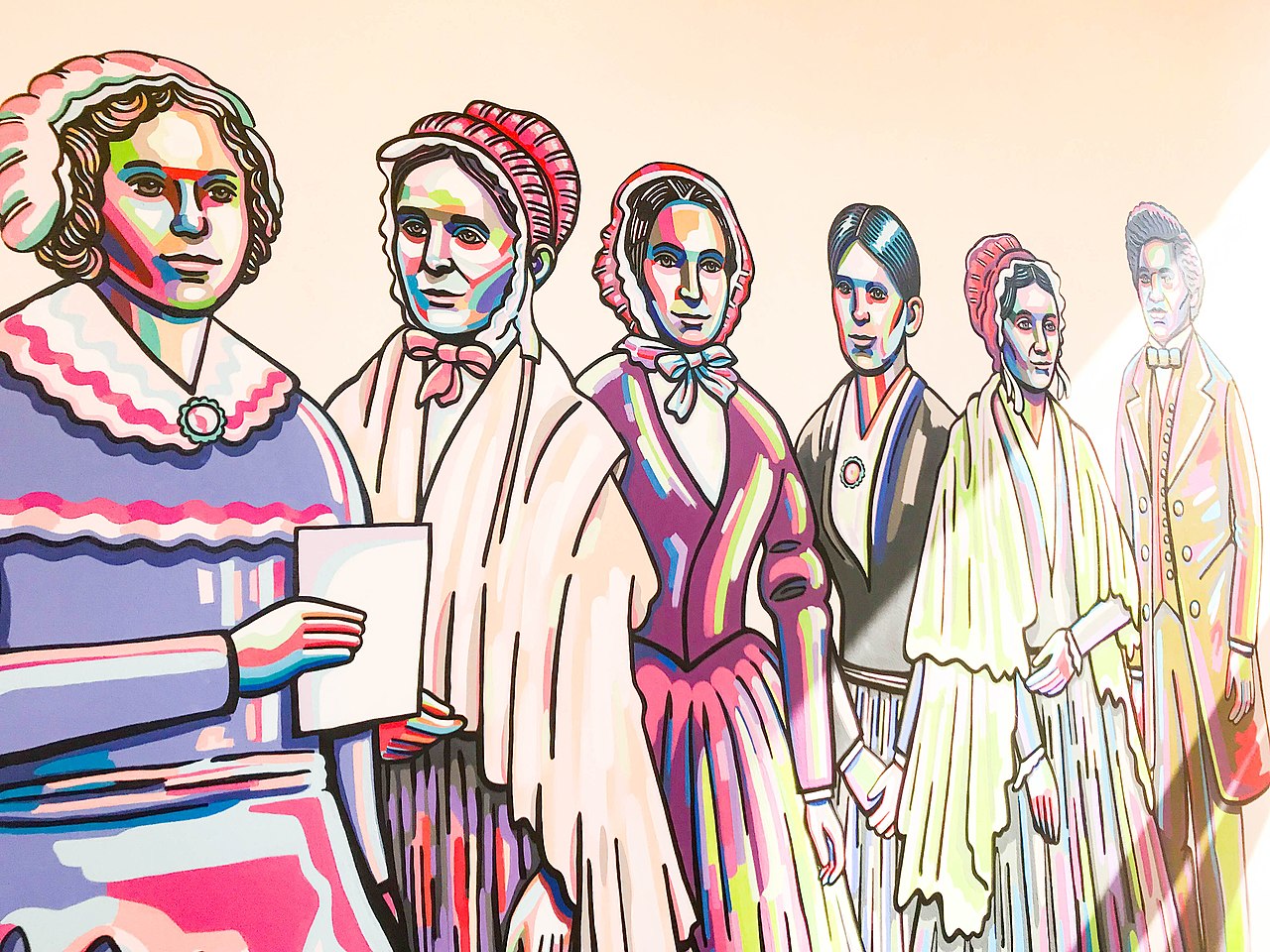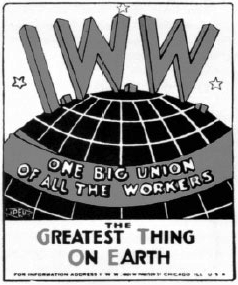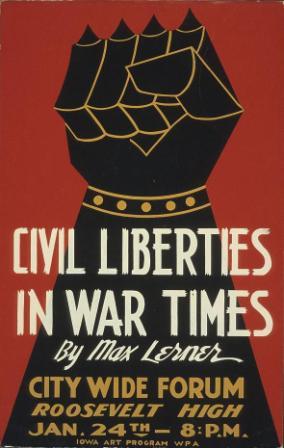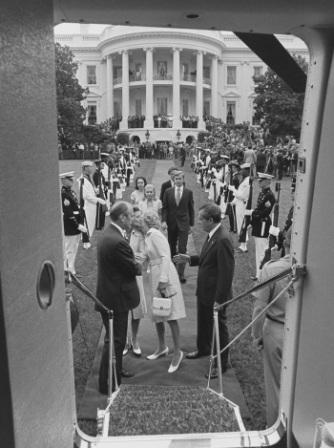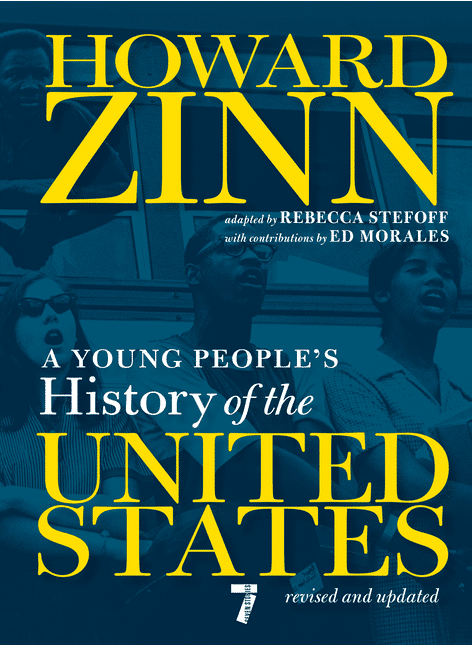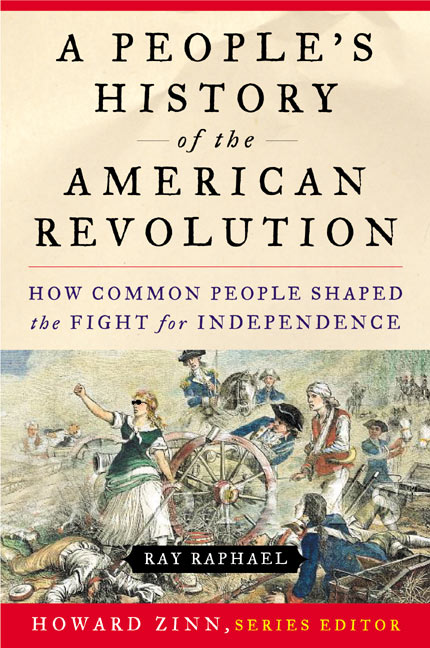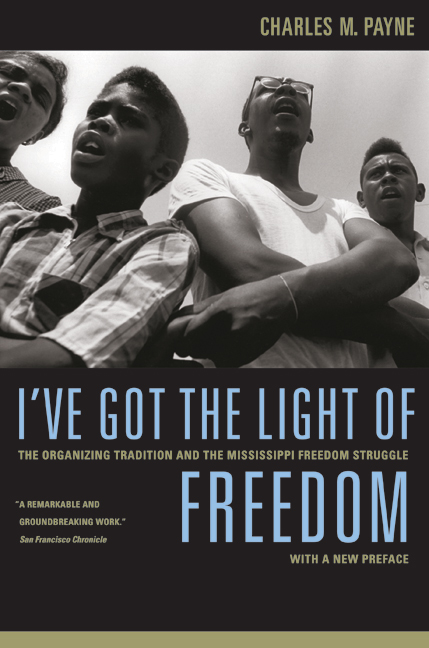Book — Non-fiction. By Howard Zinn. 2005, with a new introduction by Anthony Arnove in 2015. 784 pages.
Howard Zinn's groundbreaking work on U.S. history. This book details lives and facts rarely included in textbooks—an indispensable teacher and student resource.
Continue reading
Background Reading. By Ray Raphael. 7 pages.
Based on his book Founding Myths, Raphael critiques the textbook portrayal of the American Revolution. The textbooks say that "a few special people forged American freedom" which "misrepresents, and even contradicts, the spirit of the American Revolution."
Continue reading
Teaching Activity. By Gayle Olson-Raymer. 18 pages.
Questions and teaching ideas for Chapter 24 of Voices of a People’s History of the United States on George W. Bush, the "War on Terror," Afghanistan, Iraq, and the Patriot Act.
Continue reading
Teaching Activity. By Mark Sweeting. Rethinking Schools. 4 pages.
How one teacher engaged his students in a critical examination of the language used in textbooks to describe the internment.
Continue reading
Teaching Activity. By Bill Bigelow. 7 pages.
Students explore some of the myths of the Civil War through examining excerpts from Lincoln’s first inaugural address, the rarely mentioned original Thirteenth Amendment to the Constitution that Lincoln promised to support, and the Emancipation Proclamation.
Continue reading
Teaching Activity. By Bill Bigelow. Rethinking Schools. 13 pages.
A role play on the origins of the modern high school allows students to question aspects of schooling they often take for granted, such as tracking (“ability grouping”) and standardized testing — and to reflect on the racial biases of these so-called reforms.
Continue reading
Film. By Na Maka o ka `Aina. 1993. 58 minutes.
A comprehensive documentary that focuses on the events surrounding the overthrow of the Hawaiian monarchy in 1893.
Continue reading
Teaching Activity. By Bill Bigelow. 9 pages.
Students are invited to solve a mystery, using historical clues, about the real story of the Draft Riots.
Continue reading
Book — Non-fiction. By Ray Raphael. 2014. 420 pages.
Myths and the reasons that they have come to replace the real stories of the Revolutionary period.
Continue reading
Book — Non-fiction. By James W. Loewen. 2018. 480 pages.
Provides a detailed critique of 12 leading high school history textbooks.
Continue reading
Teaching Activity. By Gayle Olsen-Raymer. 15 pages.
Questions and teaching ideas for Chapter 3 of Voices of a People's History of the United States on the role and dissent of indentured servants in American colonial history.
Continue reading
Teaching Activity. By Gayle Olson-Raymer.
Questions and teaching ideas for Chapter 4 of Voices of a People's History of the United States on class differences and internal dissent before and during the Revolutionary War.
Continue reading
Teaching Activity. By Gayle Olson-Raymer. 16 pages.
Questions and teaching ideas for Chapter 5 of Voices of a People's History of the United States on the Revolutionary War as "a rich man's war and a poor man's fight," as well as the failure of early Americans to complete a full revolution.
Continue reading
Teaching Activity. By Gayle Olson-Raymer.
Questions and teaching ideas for Chapter 6 of Voices of a People's History of the United States on the early women's movement, including their efforts for social, racial, and political equality.
Continue reading
Teaching Activity. By Bill Bigelow. Rethinking Schools. 3 pages.
Discussion questions and teaching ideas for examining the history of the Pledge of Allegiance and the political milieu in which it was written.
Continue reading
Teaching Activity. By Bill Bigelow. 17 pages.
A role play allows students to examine issues of race and class when exploring both the accomplishments and limitations of the Seneca Falls Convention.
Continue reading
Teaching Activity. By Gayle Olson-Raymer. 17 pages.
Questions and teaching ideas for Chapter 13 of Voices of a People's History of the United States on the labor movement at the turn of the century.
Continue reading
Teaching Activity. By Gayle Olson-Raymer.
Questions and teaching ideas for Chapter 16 of Voices of a People's History of the United States on domestic opposition to the "good war" and the impact of McCarthyism.
Continue reading
Teaching Activity. By Jack Bareilles.
Questions and teaching ideas for Chapter 19 of Voices of a People's History of the United States on the emergence and legacy of the 1960s counterculture, as well as the movements it helped create.
Continue reading
Teaching Activity. By Jennifer Rosebrook.
Questions and teaching ideas for Chapter 20 of Voices of a People's History of the United States on the legacy of scandal since the end of the Vietnam War and the Watergate break-in.
Continue reading
Teaching Activity. By Ron Perry.
Questions and teaching ideas for Chapter 21 of Voices of a People's History of the United States on the recently rising disparities in power, wealth and quality of life in America.
Continue reading
Book — Non-fiction. By Howard Zinn, adapted by Rebecca Stefoff with additions by Ed Morales. 2022. 544 pages.
A young adult version of the best-selling A People’s History of the United States, ideal for 6th through 9th grade students.
Continue reading
Book — Non-fiction. By Ray Raphael. Series editor: Howard Zinn. 2002. 528 pages.
Using hundreds of primary sources, this book tells the more accurate, populist, complicated, and interesting story of the American Revolution.
Continue reading
Book — Non-fiction. By Charles M. Payne. 1995. 506 pages.
A people's history of the Civil Rights Movement in Mississippi.
Continue reading
Book — Non-fiction. By John Dittmer. 1995. 560 pages.
A detailed, grassroots description of the Civil Rights Movement in Mississippi.
Continue reading

